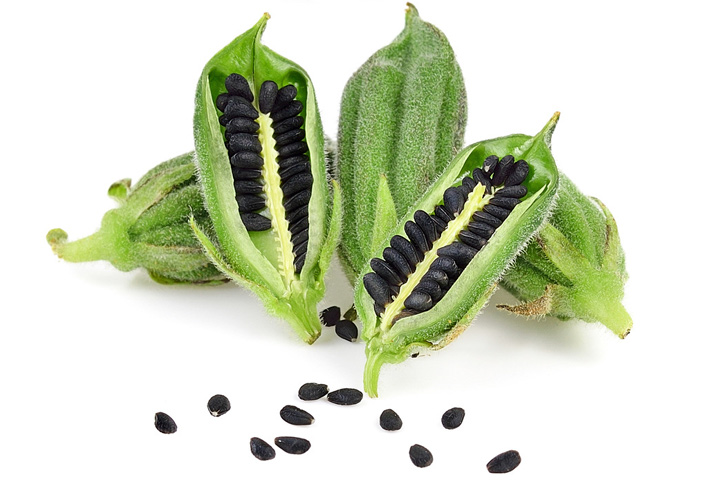WHAT IS SESAME?

SESAME IN JAPANESE IS KNOWN AS “GOMA”
Goma is used in a wide variety of foods, not only in Japan, but also in Chinese and Western cuisine. This includes cookies and other confectionery sweets, to more savory foods such as hamburgers and pastas. However, this universal player “Goma” actually originates from the tropical African Savanna Zones. Sesame, which in its scientific name is referred to as Sesamum indicum L., was cultivated in India since ancient times and in the past was considered to be its origin. Presently however, the African Savanna Zones, which contain many wild sesame species, is said to be the true place of origin. Researching the history of sesame cultivation, records show it was cultivated in the Nile River basin more than 3,000 years ago, and was used in Egypt as cooking oil, kerosene, and as a super food that boosted vigor and vitality. Before long, it is believed that sesame eventually was transferred from ancient Egypt to Europe and Asia.

“Open Sesame!”
The famous story of “Ali Baba and the Forty Thieves” is known to almost everyone who has read it when they were a child. The magic spell from this story, “Open sesame!” is a phrase that is well-known around the entire world. Thanks to this spell, Ali Baba was able to open a tightly shut door in a cave that lead to brilliant treasure. Do you know why the spell was chosen to be “Open sesame”? It is because the opening of the door was supposed to sound like the “pop” as a seed flies out of a burst sesame plant capsule (similar to a pea pod). Perhaps it was this imagination of the momentum of a sesame seed bursting out that lead to the spell name that we know today, but its hidden meaning could truly be, “Important treasure, hurry up and ‘pop’ out!”.

How is sesame grown?
Sesame seeds come from sesame plants which belong to the sesame family. They are annual plants that are harvested about 90 to 100 days after seeding. First, flowers will begin to bloom starting at the bottom of the stem, and next the capsules (the pods containing the seeds) begin their development. Once they ripen, the capsules will burst, and the seeds will drop out starting from the bottom of the capsule. The maturation period takes much time and effort to harvest, as the capsules grow and widen from the bottom all the way to the top. Currently Japan hardly produces sesame, due to many challenges for harvesting. Even making full use of large-scale cultivation equipment will output an inefficient harvest volume of only about 300-500 kg per 1 hectare. In response, starting in 2014, Kuki kicked off a cultivation project in the local Mie prefecture is diligently working on sesame cultivation promotion activities.